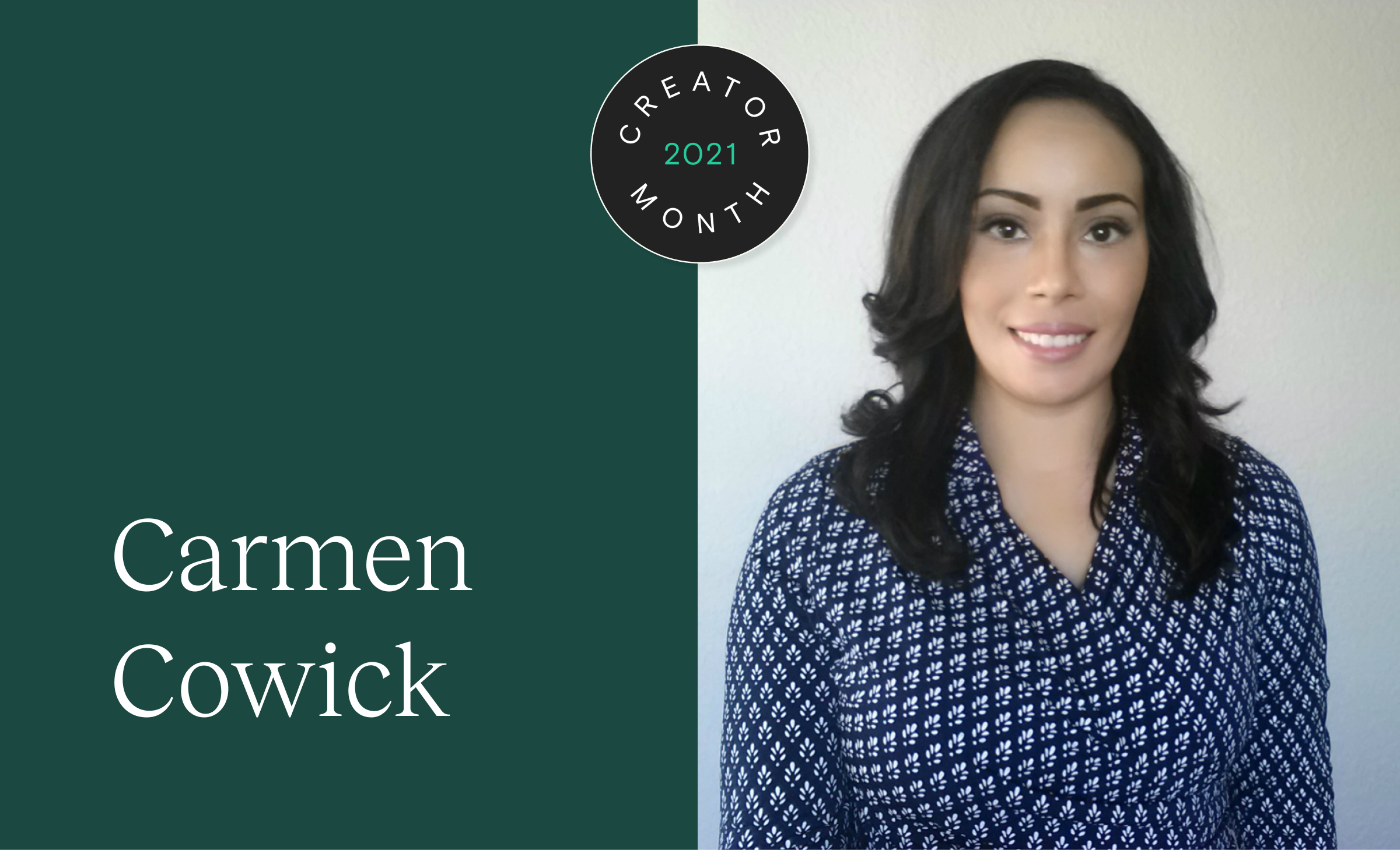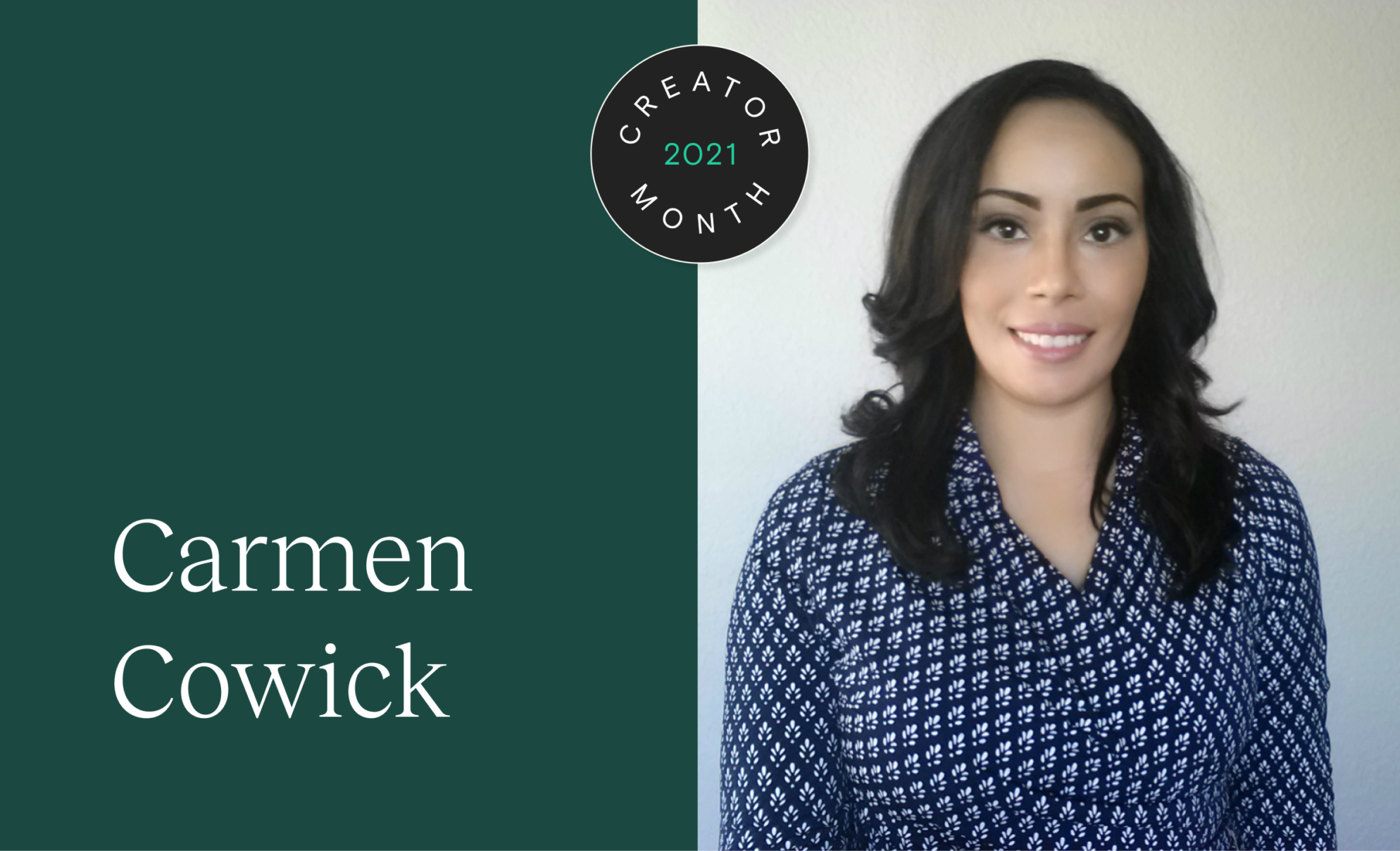Creator op-ed: “I have a niche audience—here’s how I market my courses”


The following is a guest post from Teachable creator Carmen Cowick. Carmen provides training, support, and consulting services for libraries in the areas of preservation and collections care. Her school, Preserve This, is designed to help students build skills to operate as a professional in the library, archives, and museum field. She has a bachelor’s degree in art history and a master’s degree in library science with a certificate in archives and preservation of cultural materials from CUNY Queens College in New York City. In honor of Teachable’s Creator Month, in which we celebrate and share the expertise of creators everywhere, Carmen shares her thoughts on finding your own niche market.
Finding your market
There is so much general information available online on how find your niche market but in trying to reach a wide audience, some advice can be a bit too broad and not always applicable to those creating online courses with a niche audience. It may feel like you’re at a disadvantage when it comes to marketing, but the truth is you just need to take a look at your marketing approach from a different angle.
I’ve been creating online courses since 2014 and using Teachable since 2016. I speak from experience when discussing courses created for a very niche audience; I teach professional development courses to librarians, archivists, and museum professionals. Marketing-wise, I’ve had ups and downs, but I’d like to share three strategies that have worked for my school and how I am able to make a full-time income from my online courses.
Know who your audience is
Your audience is going to be much smaller than someone who is teaching courses in a broader subject and that’s OK. Use your smaller audience to your advantage and really get to know them. It’s time to do some research and figure out as much as possible about them:
- Where do they live?
- What’s the average age of your audience?
- How many of them are there?
In my case, the Bureau of Labor Statistics tells me there are approximately 125,000 librarians in the United States. The American Library Association goes even further, breaking down this number to the number of academic librarians, public librarians, school librarians, etc. Another example: If you teach genealogy courses, find out how many members the National Genealogical Society has; see if you can find out more granular information about them through this organization’s website.
Takeaway: With a little research (a.k.a Bureau of Labor Statistics, Membership Organizations, etc.) you can find out a lot about your audience.
When working with a niche audience, community is key to making your course work. Follow our free guide to determine your community strategy.
Know where your audience “lives” online
While generic marketing advice will direct you to places like Facebook and Instagram, you may find your audience prefers to hang out elsewhere on the web. But, how do you find where your audience lives? More research! Firstly, start with social media platforms that allow the formation of groups (Facebook, LinkedIn, etc.) and search for groups related to your niche.
Check out how many members they have and see how active the groups are. Do they have lots of members and post multiple times a day? Or do they have a small number of members and post maybe a few times a month?
Maybe your audience prefers to spend their time on Twitter or Instagram? Check hashtags related to your niche and see how many results they have to see if your audience has a heavy presence on that platform or not. Finally, do an internet search for message boards to see if your audience has an active presence. There are a variety of message boards out there—from public boards anyone can join to private boards connected to specific organizations. Once you’ve found where your audience is located online, you can find your niche market.
Takeaway: The key to effective marketing your niche course is to find your audience. And, you may have to look off the “beaten path.”
Building relationships is key
Before you start buying a bunch of ads on Facebook or Instagram, you need to take a step back and first understand how to effectively make that first connection. One of the best ways to do that is to have your audience recognize you as authority in your field. What does this mean? For me, it meant joining groups on various social media platforms and frequently posting helpful advice and resources.
My goal was to get the members of these groups to associate me with being well-versed and knowledgeable in my field. Interaction with those in your niche topic can help build trust; very few people are willing to take a course with someone they’ve never heard of.
Also, consider in-person strategies. See if your local library or community college would be willing to let you host a free one-hour lecture or workshop on your course’s topic. Once I built a reputation and earned trust within my niche, I was able to successfully distribute lead magnets, grow my email list, and then (finally!) get students in my courses.
Takeaway: Reach out to your niche with helpful (free) advice and resources to build a reputation as an “expert” in your field. This will lay the groundwork for effectively marketing to them in the future and generating sales.
